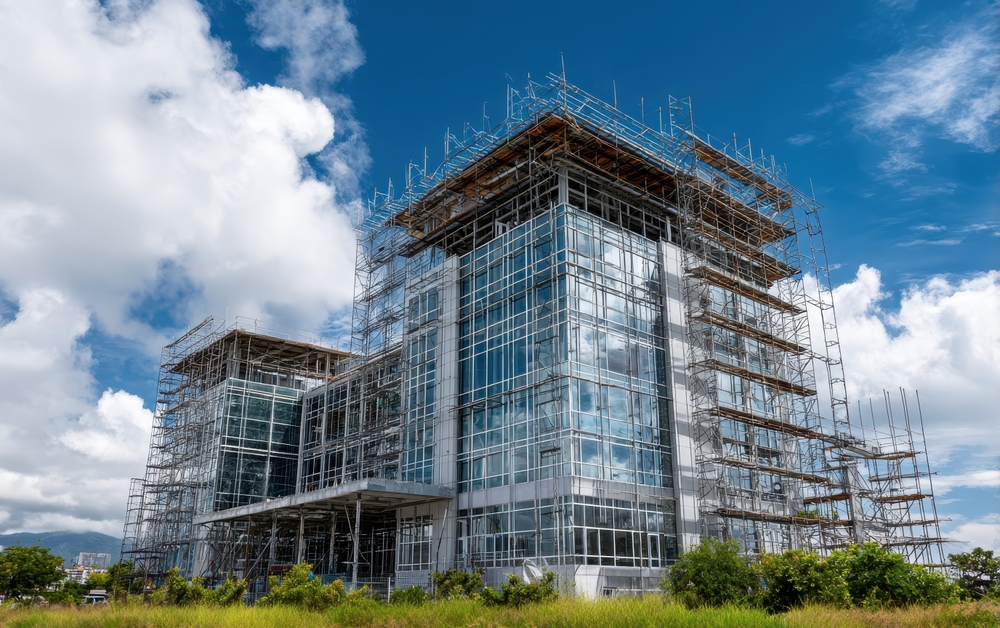
Recycled Steel and Concrete: Smart Solutions for Green Construction
Recycled Steel and Concrete: Building a Greener Future
The construction industry is experiencing a major shift toward sustainability, and recycled steel and concrete have become two of the most influential materials in eco-friendly development. As builders, architects, and engineers seek ways to reduce carbon emissions, waste, and project costs, recycled steel and concrete offer high durability, excellent performance, and a significantly lower environmental footprint. This blog explores why these materials are transforming modern construction and how they contribute to long-term sustainability.
Why Recycled Steel and Concrete Matter in Modern Construction
Reducing Environmental Impact
The production of traditional steel and cement is responsible for a large portion of global carbon emissions. Using recycled steel and concrete helps reduce the need for raw materials and lowers energy consumption during manufacturing. This shift is vital for lowering the industry’s carbon footprint and supporting climate-positive building practices.
Supporting Circular Economy
Recycled steel and concrete promote a circular economy where materials are reused instead of discarded. Scrap steel, for example, can be melted and reprocessed without losing strength. Similarly, recycled concrete aggregate (RCA) is made by crushing old concrete from demolished structures and repurposing it for new projects. This keeps massive amounts of waste out of landfills while reducing the demand for new natural resources.
High Strength and Durability
One of the biggest advantages of recycled steel and concrete is their exceptional durability. Recycled steel retains its full structural strength, making it ideal for high-rise buildings, industrial structures, and infrastructure projects. Recycled concrete, when processed correctly, meets strong performance standards suitable for pavements, roads, foundations, and non-structural components.
Benefits of Recycled Steel and Concrete
1. Cost Savings
Using recycled steel and concrete often leads to lower project costs. Recycled materials require less processing, and transportation costs are reduced when sourced locally. This makes them an economical choice for contractors and developers aiming to optimise budgets without compromising quality.
2. Lower Carbon Footprint
Choosing recycled materials cuts carbon emissions significantly. Steel recycling uses up to 75% less energy compared to producing new steel. Similarly, recycled concrete reduces the demand for cement, a major source of CO₂ emissions. Together, these materials create a powerful combination for low-carbon construction.
3. Improved Waste Management
On-site recycling of demolished materials minimizes waste and reduces disposal costs. By reusing debris as aggregate, projects become both cleaner and more efficient.
4. Compliance With Green Building Standards
LEED, GRIHA, and IGBC certifications encourage the use of recycled content in construction. Using recycled steel and concrete helps projects score higher in sustainability evaluations and meet regulatory standards.

Applications of Recycled Steel and Concrete in Construction
Recycled Steel Uses
-
Beams, columns, and structural frames
-
Reinforcement bars
-
Roofing and cladding materials
-
Industrial infrastructure
Recycled Concrete Uses
-
Road base and pavements
-
Foundation fill
-
Landscaping and retaining walls
-
Precast components
These applications show how versatile and valuable recycled steel can be in both small-scale and large-scale projects.
How the Industry Is Adopting Recycled Materials
Government initiatives and environmental policies in India are promoting the use of recycled construction materials. Organisations such as the Central Pollution Control Board (CPCB) provide guidelines for waste recycling and sustainable construction practices.
Additionally, many construction companies are integrating advanced recycling technologies, improving the quality of recycled aggregates and making them more reliable for structural use.
Conclusion
As the demand for greener and more responsible construction grows, recycled steel are emerging as essential resources for building a sustainable future. They reduce carbon emissions, minimise waste, support circular economy models, and ensure strong, cost-effective structures. By choosing these materials, the industry moves closer to long-term environmental protection and resilient infrastructure development.
Read more related articles to enhance your knowledge and make informed decisions
Cost-Effective Modular Construction: Fast, and Sustainable Building Solutions
Smart Modular Buildings: Innovative, Efficient, and Sustainable Construction








